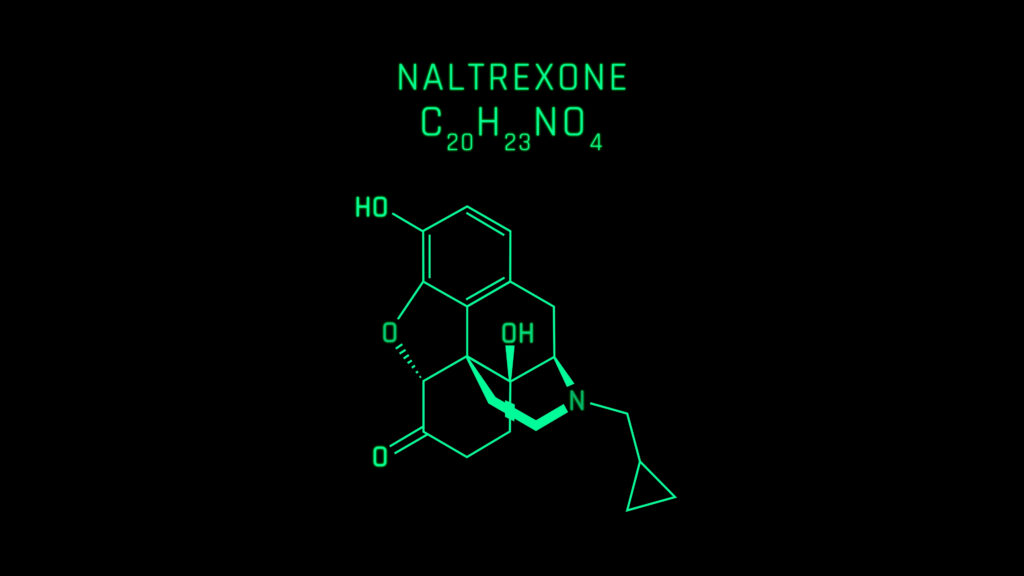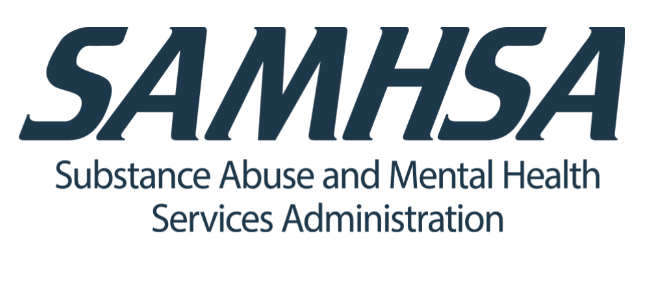What is Naltrexone?

Naltrexone is a medication that has been approved by the FDA to treat opioid use disorders and alcohol use disorders. It is used in medication-assisted treatment (MAT) programs. This opioid antagonist comes in a pill form with the brand names ReVia or Depade, a 50-milligram tablet taken once a day that can be taken with or without food.
There is also an extended-release injectable form of naltrexone called Vivitrol, which is given in an intramuscular injection site once a month, that can only be given after opioid withdrawal takes place (10-14 days after your final use) to avoid triggering strong or dangerous withdrawal symptoms.
When used to treat opioid withdrawal and addiction, both injectable naltrexone and oral naltrexone block the euphoric, pain-relieving, and sedative effects that drugs like codeine, heroin, and morphine create in the body. Unlike a medication like methadone, Naltrexone attaches to opioid receptors in the body, blocking the drugs from attaching and stopping the effects of opioid drugs, while simultaneously reducing withdrawal symptoms and cravings. This also stops the person from getting high if they relapse and use opioid drugs
Suboxone (naloxone and buprenorphine) is another common medication given during opioid detox and recovery, used as a replacement medication like methadone because it is a partial agonist.
When used for alcohol withdrawal and addiction, either formulation of naltrexone will bind to the endorphin receptors in the body, blocking the pleasant effects and feelings of alcohol, while reducing cravings. Taking naltrexone to quit drinking alcohol will help reduce the risk of relapsing.
Naltrexone Effects
When starting naltrexone addictions treatment in a treatment facility for alcohol use disorder and opioid addiction, you may experience common side effects of naltrexone like:
- Nausea/vomiting
- Sleepiness
- Headache
- Nervousness
- Dizziness
- Muscle cramps
- Flu-like symptoms
- Changes in appetite
- Insomnia
Less common serious side effects of naltrexone therapy may include:
- Reactions at the site of injection (swelling, pain, blisters)
- Liver damage or hepatitis (dark urine, jaundice, stomach pain, tiredness)
- Allergic reactions (rash, swelling of the face, trouble breathing, chest pain)
- Increased heart rate and blood pressure
- Severe allergic pneumonia (coughing, wheezing, difficulty breathing)
- Depression and suicidal thoughts
There is also a much higher risk of an opioid overdose because naloxone blocks the effects of opioids. Patients who try to use more of the drug to overpower the naloxone may experience serious injury, coma, or death. Patients who relapse after a long period of abstinence from opioids will have a decreased tolerance to opioid drugs, so taking the same or even lower doses of opioids can cause life-threatening drug overdoses after naltrexone treatment.
If you are still drinking alcohol or using opioids when you begin your naltrexone treatment you will suffer strong negative side effects like nausea, vomiting, and intense withdrawal symptoms. For this reason, it is recommended to wait until the drug and alcohol detox treatment period has ended.
Signs of Naltrexone Abuse and Addiction
Unlike Methadone and other drug rehab replacement medications, Naltrexone is not an opioid drug, nor is it addictive, and there is little to zero potential for abuse because this medication does not produce a high or any other pleasant sensations. It works by blocking the effects of opioids and reducing withdrawal symptoms.
Naltrexone Withdrawal Symptoms
Naltrexone is an FDA-approved medication that does not cause withdrawal symptoms when you stop taking it. Any health care provider who can prescribe medications can prescribe naltrexone. It is one of the most preferred relapse prevention aids that is given in medication-assisted treatment programs, combining substance abuse and mental health treatments.
Long Term Side Effects of Naltrexone Abuse
Although there are no known long-term problems associated with the long-term use of naltrexone for opioid drug abuse and alcohol addiction when used as directed, liver injury may occur. This is an issue that can be monitored through liver function testing and blood tests. Be on the look out for yellowing of the skin and eyes, severe stomach pain, or severe nausea and vomiting. This medication may also trigger depressive episodes and suicidal ideation in some individuals, so if you experience any thoughts of self-harm call 911 or go to the emergency room.
Naltrexone Addiction Treatment
Medications for substance abuse and mental health go hand in hand, so it is important to combine any MAT treatment plan into a comprehensive program with counseling and social support.
At Novo, we offer comprehensive treatment plans that include:
- Clinical care
- Dual diagnosis care for co-occurring disorders alongside opioid dependence and alcohol addiction
- Individual, family, and group therapy
- Cognitive behavioral therapy and behavioral addictions treatments
- 12-step programs
- Aftercare planning and relapse prevention
We are an inpatient rehab facility but can also connect you with appropriate outpatient rehab treatment programs including intensive outpatient levels of care and sober living facilities when you are ready. To learn more about individualized treatments and therapies for substance abuse and how we can help you treat your addiction to opioids or alcohol, call us today.




